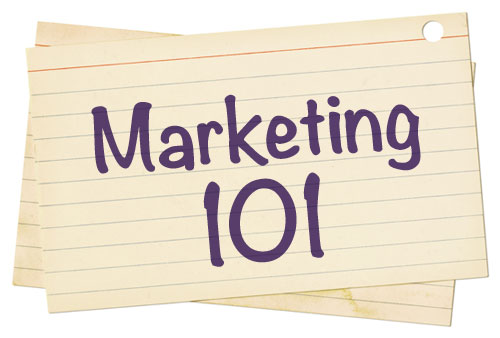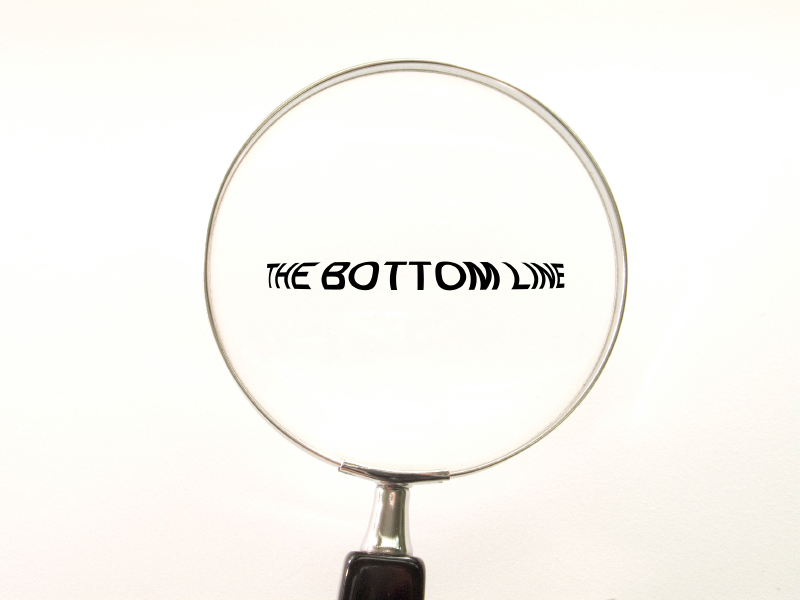 When I asked other business professionals when it’s best to lose a customer or client, the reasons boiled down to the customer’s lack of respect and not being fully committed to the working relationship. Examples cited included:
When I asked other business professionals when it’s best to lose a customer or client, the reasons boiled down to the customer’s lack of respect and not being fully committed to the working relationship. Examples cited included:
- difficult interactions with or mistreating customer-contact employees
- being unresponsive and uncooperative
- paying late or not at all.
The question then is how do you actually end such a business relationship in these situations? The best advice on “how to fire a customer” comes from customer-loyalty consultant and best-selling author, Chip R. Bell:
“Firing a customer is a bit like disarming a bomb; ‘very carefully’ is the operative term. The goals is to subdue animosity without scattering aftermath. Sometimes customers are so incensed at losing a favorite punching bag — even though it’s actually you who’s ‘lost’ them — they can move quickly from anger to vindictiveness, seeking opportunities to punish, not just put down. You can limit your chance of such backlash by handling firings in cool-headed but still sensitive ways.”
When terminating a business relationship based on the first two examples — when the customer has become abusive or difficult to deal with — Bell cautions against taking an angry, defensive, or otherwise emotional approach to avoid fueling the customer’s anger at ending the relationship.
” … a rational explanation for why a continued relationship will harm your business—how harsh treatment of service reps impairs productivity, or how a difficult relationship steals time from other deserving customers—should be your modus operandi here. The goal is to give the customer a signal that he or she is unwelcome if the unwanted behavior persists. ‘Ms. Jones, I must ask you to leave. The morale of our associates is critically important to their well-being and to the well-being of our organization. While we are by no means perfect, our employees must not be repeatedly subjected to actions that demean them as people.’“
Bell also advises a rational approach when the issue is based on the bottom line, such as the client not paying.
“[Emphasize] how a continued relationship will negatively affect the business, not on how a parting of ways will make your long-suffering staff feel like it’s just won the lottery. ‘Mr. Jones, we’ve greatly appreciated your business for the last year. We have elected to apply our limited resources in a new direction and will not be soliciting your business in the near future. Should you want to continue our relationship it will likely need to be at a (higher price, greater volume, faster cycle time, lower cost, etc.).’“
Granted, none of this is easy in a competitive and challenging marketplace. But it is essential to stand up for your employees and organizational principles. As Bell explains:
” … courageously ending relationships with customers who continually turn the blowtorch on the front line, or who over time siphon more funds from the bottom line than they return, sends a message about what you stand for as an organization.”
[Note: above excerpts cited with permission from Chip Bell’s book, “Wired and Dangerous,” co-authored with John R. Patterson.]









